In recent years, with the advancement of technology, 3D printing technology has been widely used in several fields, especially in the construction industry. In this wave of innovation, Japan has once again led the world in construction with its advanced technology and efficient implementation capabilities. In March this year, Japan’s West Japan Railway Company (JR West) successfully built a railway station at Hatsushima Station in Wakayama Prefecture in just six hours using 3D printing technology. This groundbreaking project not only demonstrates the huge potential of 3D printing in construction but also provides new ideas for future station construction and emergency buildings.
Background of the 3D printed railway station
This 3D printed station construction project by JR West is located at Hatsushima Station in Arita City, Wakayama Prefecture. The completion of this small station marks the first application of 3D printing technology in the construction of a transport facility, and the construction process was surprisingly efficient. The idea behind the project was to address Japan’s problem of old and difficult-to-maintain railway station buildings in rural areas, as well as to reduce construction time and labour costs through innovative technological approaches.
Compared to traditional building construction methods, 3D printing technology can significantly shorten the construction period and even complete complex structures in a very short time. Jr West chose to carry out the construction at night to avoid disrupting normal train operations, and the use of modern 3D printing technology made it possible to build the station.
3D printed station construction process
The construction process of this 3D-printed station building is astounding. Using digital design and 3D printing technology, the JR West team transformed the station’s design drawings into concrete building material models and used printers to create the station’s various components, including the foundation, walls, and roof. These components are made from materials such as reinforced concrete and high-strength plastics, making the station structure both strong and compliant with safety standards.
Beginning the night after the last train stopped running on 25 March, construction crews set about transporting the prefabricated components to Hatsushima Station and quickly began assembly work. In just six hours, the station’s construction was completed, and the following morning, the first train ran as usual, completely unaffected by the construction work. The efficiency and speed of the entire construction process not only demonstrate the potential of 3D printing technology in construction but also raise expectations for the speed and quality of future buildings.
Design features and environmental advantages
The station, built with 3D printing technology, not only set a record in terms of construction speed, but also in terms of creativity and local characteristics in its design. The exterior of the station features relief carvings of tangerines and standing fish, which are unique to Wakayama Prefecture and reflect local cultural characteristics, making this small station not only a transport hub but also a showcase of local culture.
In addition, the environmental advantages of 3D printed buildings are equally outstanding. Compared to traditional construction methods, 3D printing significantly reduces the amount of waste generated during the construction process and ensures the efficient use of building materials through digitally accurate design. This environmentally friendly feature is in line with the global pursuit of green building, especially in energy saving and emission reduction is increasingly becoming the focus of attention of all countries today. 3D printing building technology is undoubtedly an important development direction for the future construction industry.
Future prospects: Wide application of 3D printing technology in the construction field
Although the scale of this 3D printing station is small, its significance is extremely far-reaching. Firstly, this success story proves the feasibility of 3D printing technology in real-life construction, especially in the construction of public transport infrastructure. As the technology continues to mature, 3D printing has the potential to be widely used in more types of construction projects in the future, not limited only to small stations, but also residential, commercial buildings, hospitals, and so on.
Secondly, 3D printing technology can greatly reduce construction costs and duration, especially in emergencies, enabling the rapid erection of temporary buildings or post-disaster reconstruction facilities. This is of great practical significance for areas prone to natural disasters, especially some remote areas and countries with weak infrastructure.
As more companies and government organisations invest in this emerging technology, it is expected that 3D printing construction technology will see wider application in the coming years. This will not only improve the overall efficiency of the construction industry but also drive the continued development of smart manufacturing and building automation.

The challenges and future of 3D-printed buildings
Despite the many advantages of 3D printed buildings, their popularity still faces certain challenges. Firstly, 3D printing technology requires high-precision equipment and materials, which have a high technical threshold and require a huge initial investment. Secondly, although 3D printing technology can quickly complete building construction, further improvements are needed in building design, quality supervision, and construction standardisation.
To overcome these challenges, relevant companies and research institutes are making continuous efforts to advance the standardisation and commercialisation of 3D printing technology. Through more trials and application cases, the maturity and operability of the technology will continue to improve, which will, in turn, drive a comprehensive change in the construction industry.
Conclusion
JR West’s 3D printing station project is not only a bold attempt at building technology, but also a profound reflection on the future mode of urban construction. With the development of science and technology, the construction industry is bound to usher in more innovations and breakthroughs, and the popularity of 3D printing technology will undoubtedly become an important direction for the future development of the construction industry. Whether it is in improving construction efficiency, saving costs, or promoting the development of environmentally friendly buildings, 3D printing technology will bring infinite possibilities for the global construction industry.
As more and more countries and regions begin to pay attention to 3D printing technology, the face of future construction will undergo profound changes. From stations to skyscrapers, 3D printing may open up a whole new era of construction for us.








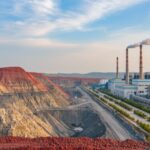
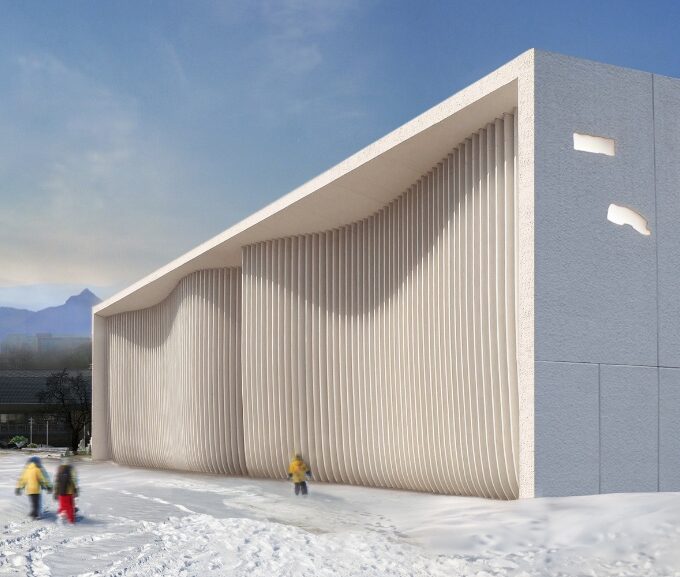
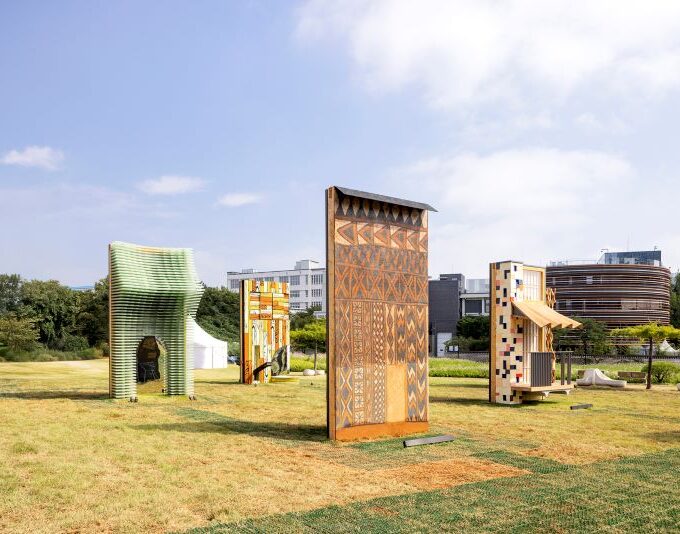
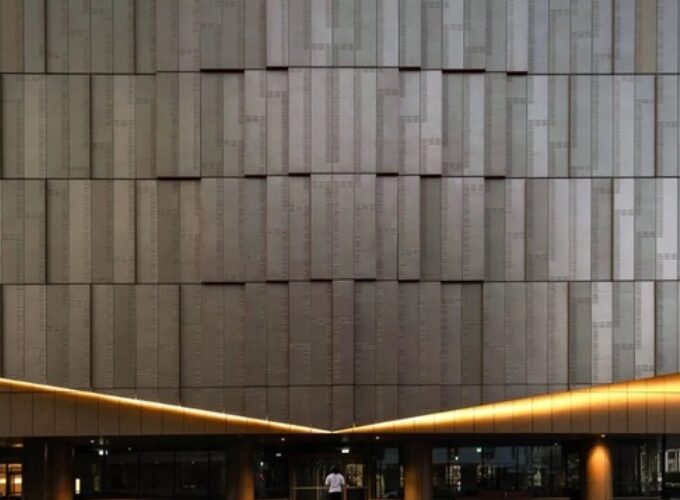
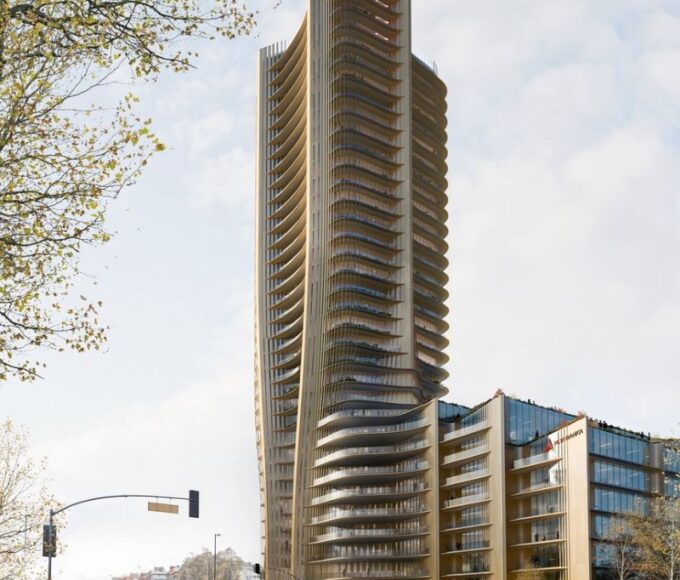
Leave a comment